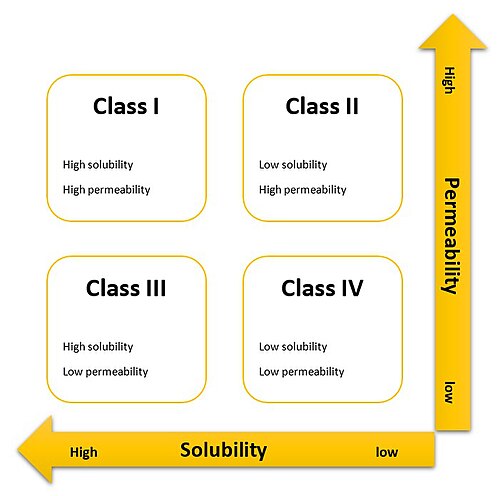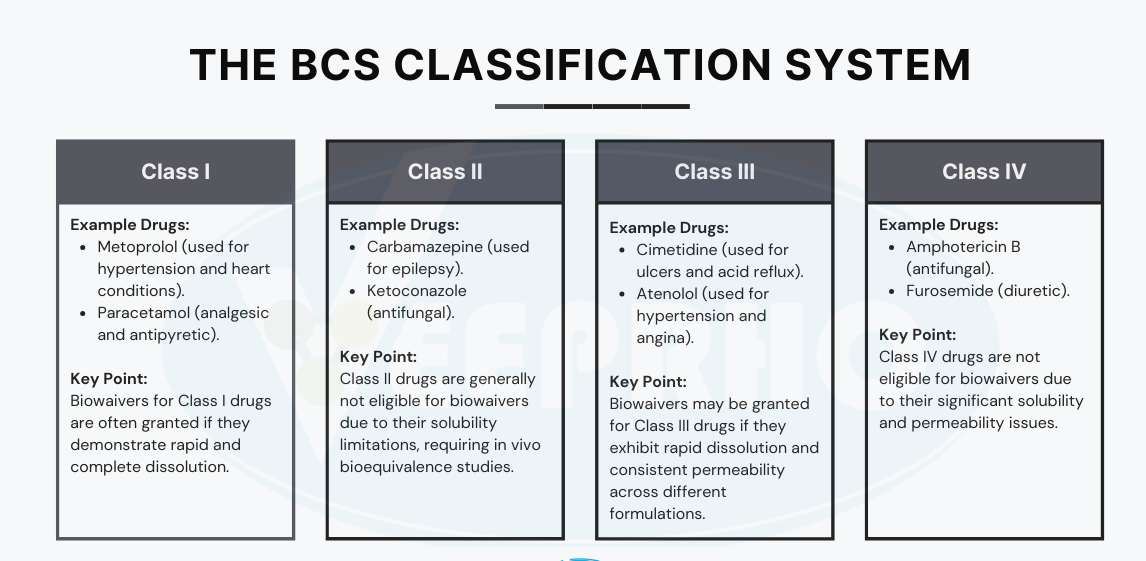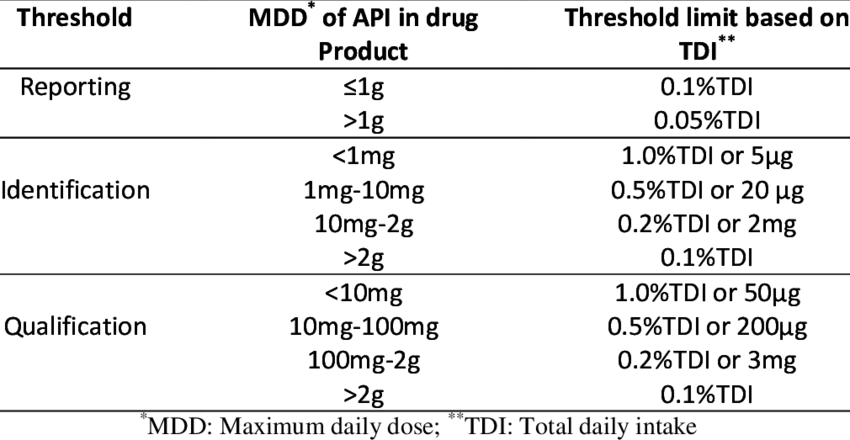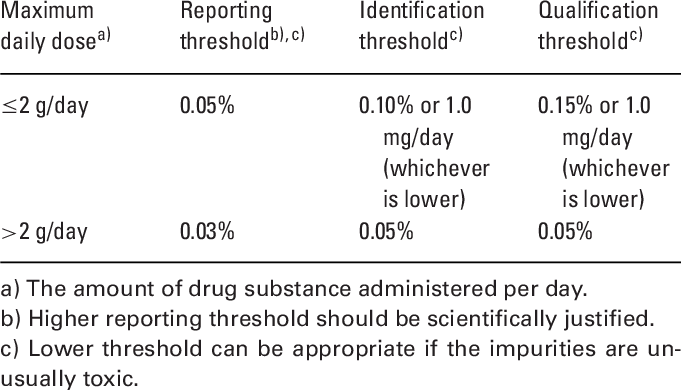Form 482: FDA may conduct an inspection of your operation for a variety of reasons, such as a routinely scheduled investigation, a survey, or a response to a reported problem. The investigator will present credentials and “Notice of Inspection” upon arriving at your plant.
Form 483: An FDA form 483 is issued to firm management at the conclusion of an inspection when an investigator has observed any conditions that in their judgement may constitute violations of the Food Drug and Cosmetic (FD&C) Act and related acts.
CDSCO: The Central Drugs Standard Control Organisation is India’s national regulatory body for pharmaceuticals and medical devices. The Drug Controller General of India (DCGI) regulates pharmaceutical and medical devices and is positioning within the Ministry of Health and Family Welfare.
- CDSCO exercises regulatory control over the quality of drugs, cosmetics and notified medical devices in the country.
- It is the Central Drug Authority for discharging functions assigned to the Central Government under the Drugs and Cosmetics Act.
EMA: The European Medicines Agency is an agency of the European Union in charge of the evaluation and supervision of medicinal products.
- EMA is responsible for scientific evaluation, supervision and safety monitoring of medicines in EU.
- Protects public health and animal health in 28 EU member states, as well as the countries of the European Economic Area.
PIC/S: Pharmaceutical Inspection Convention/ Pharmaceutical Inspection Co-operation Scheme
The main aim of PIC/S is to improve the Co-operation in the field of GMP between regulatory authorities and pharmaceutical industry.
PIC was founded in 1970 by European Free Trade Association (EFTA), Because of incompatibility between convention and European law, it was not possible for new countries to be admitted as members of PIC. As a consequence, the Pharmaceutical Inspection Co- operation Scheme was formed on 2 November 1995.
ICH: The International Council for Harmonisation of Technical Requirements for Pharmaceuticals for Human Use (ICH) is unique in bringing together the regulatory authorities and pharmaceutical industry to discuss scientific and technical aspects of pharmaceuticals and develop ICH guidelines.
ICH Products: Quality, Safety, Efficacy, Multidisciplinary
WHO: The World Health Organization is a specialized agency of the United Nations responsible for international public health. The WHO Constitution, which establishes the agency’s governing structure and principles, states its main objective as “the attainment by all peoples of the highest possible level of health”
Regulatory Affairs: Regulatory Affairs in a Pharmaceutical industry, is a profession which acts as the interface between the pharmaceutical industry and Drug Regulatory authorities across the world. It is mainly involved in the registration of the drug products in respective countries prior to their marketing.
Validation: Establishing documented evidence which provides a high degree of assurance that a specific process will consistently produce a product meeting its predetermined specifications and Quality Attributes. (Validation is Process Oriented)
Verification: Verification is the act or process of establishing the truth or reality of something.
Qualification: Is an act or process to assure something complies with some condition, standard or specific requirements.






